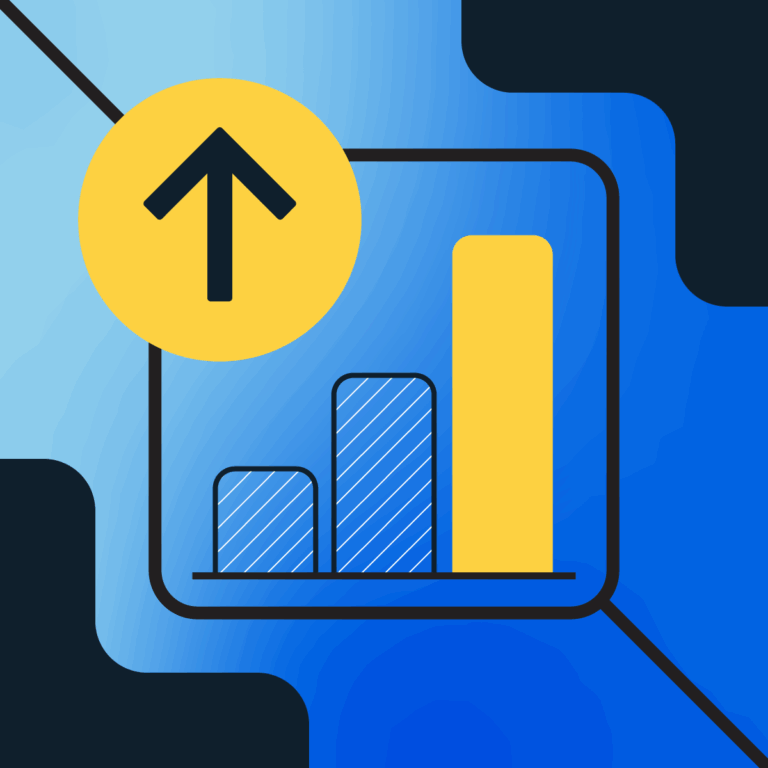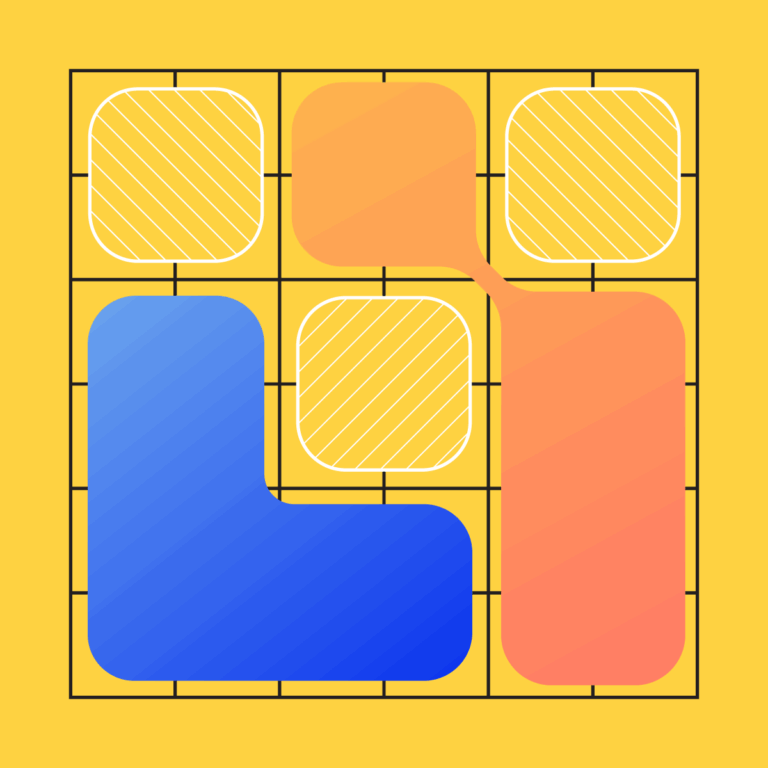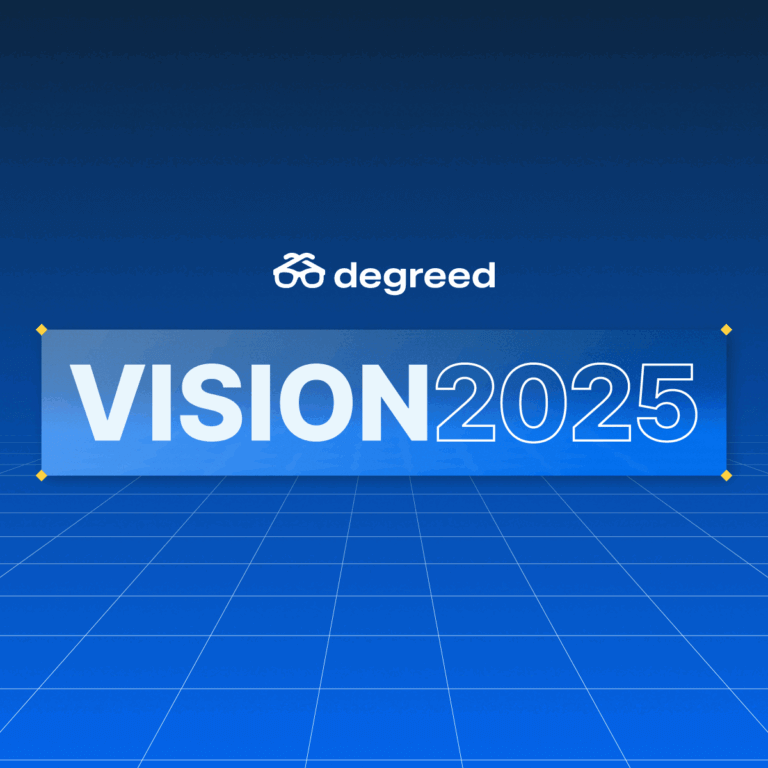
Why AI Infrastructure is a Learning Differentiator
Throughout history, there have been a few pivotal shifts in how humans learn.
The first was the printing press, which codified and spread knowledge at a scale the world had never seen.
The second was the industrial school system, which was built to skill up entire generations for factory and office work.
The third was the internet, which unlocked access to knowledge for billions. It took learning beyond traditional classrooms—into the workforce, into your homes, across your lifetime.
Now, we’re entering the fourth moment: The rise of AI.
Efficiency Isn’t Everything
AI is already embedded in our meetings, documents, and systems. But just because AI is infused into the work, it doesn’t mean people are learning. If anything, so far, AI has made people more efficient, but not more capable. Yet.
That’s a problem. Because most organizations are using AI for one thing: efficiency. That’s great, but speed does not equal skills.
Infrastructure Still Matters
We’ve seen this pattern before. When YouTube arrived, it revolutionized content distribution. It made countless learning resources available everywhere.
But it didn’t solve organizational learning. It didn’t create more capability. It also didn’t solve organizations’ needs for managing employee learning.
Why? Because infrastructure still matters. We need systems, context, feedback, and outcomes.
That applies to AI too. A chatbot on your company portal is not a learning strategy. A CoPilot that summarizes meetings and HR policy documents will not build your bench strength in those topics. Answers don’t build capabilities.
What separates serious, successful AI learning systems isn’t going to be the model, it’s going to be the infrastructure behind it. It’s going to be the foundation that the AI is based on, including:
- Learning science
- Verifiable skill data
- Integration into systems
- Organizational context aligned to strategic goals
If your AI tools don’t have that, they will not be optimized for learning. That structure is what makes the difference. That’s what will determine the learning impact of this moment.
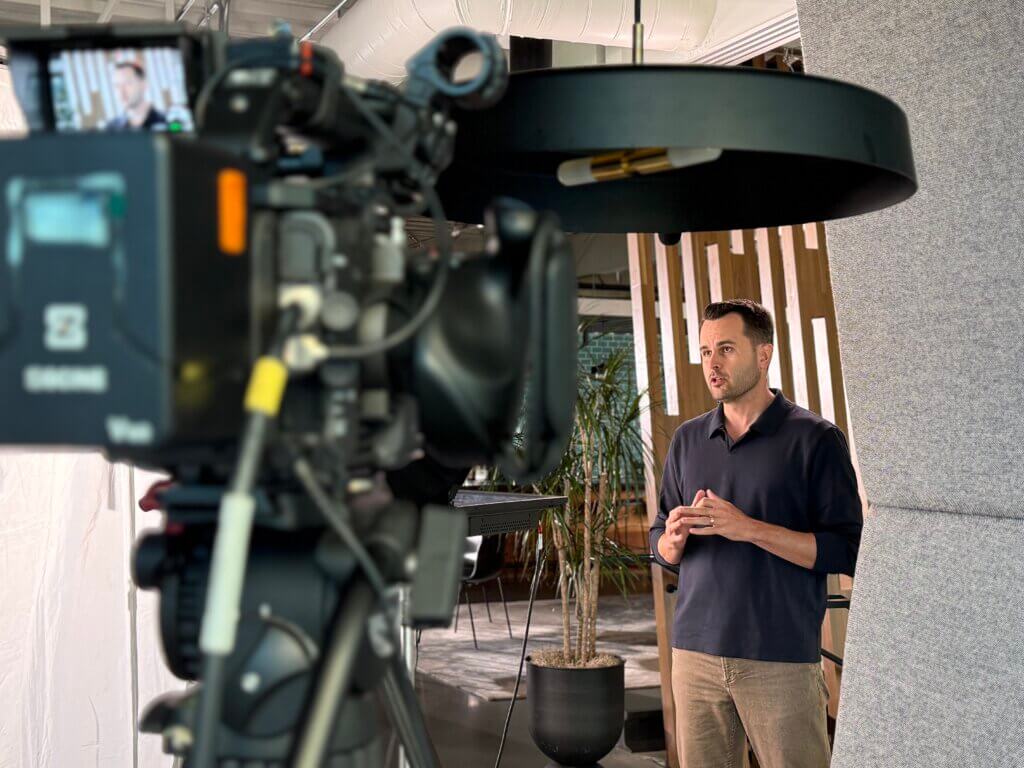
The Challenge to Upskill Better and Faster at Work
Let me be direct: According to WEF and Accenture, 60% of the world’s workforce need to upskill in the next five years. That’s an increase of 10 percentage points from 2020. And only about 40% of C-suite leaders say they are prepared, which is down 10 percentage points from 2020.
We knew this skill gap was coming five years ago, and leaders are even less prepared for it now. This means that more people need learning and more skills, quicker, now than ever before in history.
The concept of “just-in-time learning” was built in the third wave, the internet wave, and it was all about connecting people to content when they need it. But now, work itself is changing. Tasks are being automated. Roles are more fluid. Knowledge has become cheap, yet judgment, adaptability, and creativity are not.
We need a new model for learning. One that matches the pace of change and the reality of today’s AI world. That future looks something like this:
- Adaptive learning skips what people already know and targets the exact skills they’re missing.
- Real-time skills intelligence lets you close gaps before they slow you down.
- AI helps people get smarter and better at their work, not just faster.
And that future? It’s here.
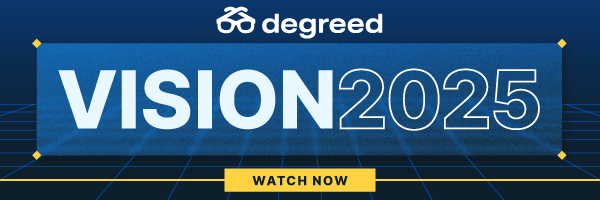
Let’s keep in touch  .
.
Sign me up for the monthly newsletter with exclusive insights, upcoming events, and updates on Degreed solutions.
